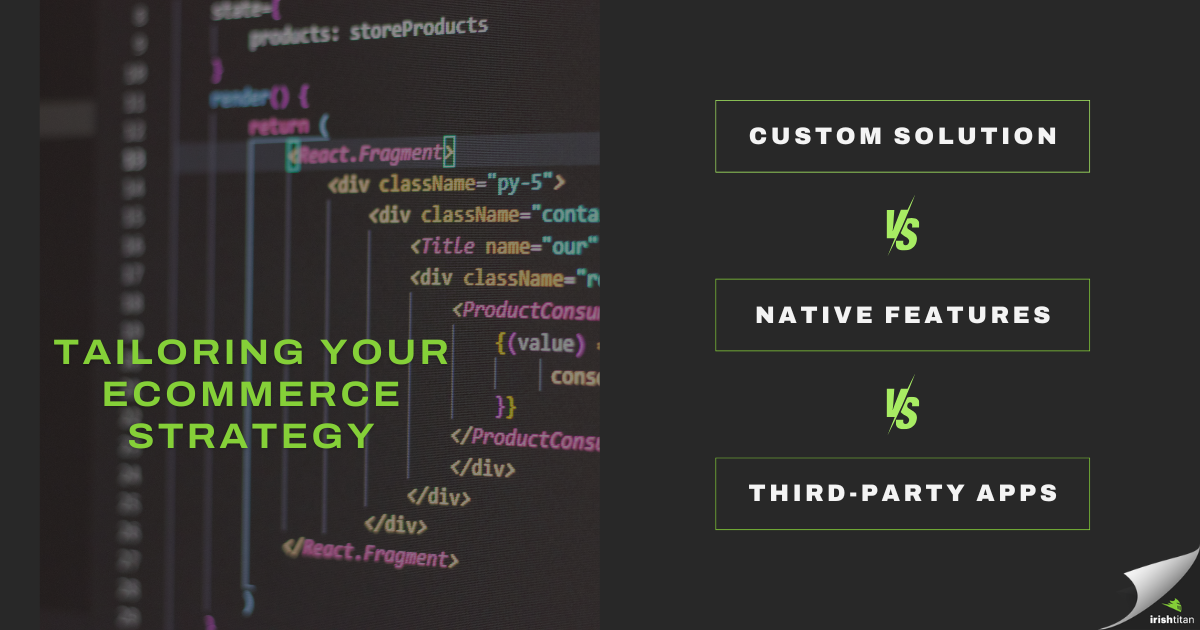Does Your Business Have a Clearly Defined Org Structure? It Should.
You’ve probably seen or heard the following quote, or some variation of it.
Without order there is chaos, without structure there is instability, without discipline there is lack of personal growth.
Far be it from us to weigh in on the “discipline” part of the quote, but we’re firm believers in the rest of it.
There are multiple ways to organize structure and workflow (depending on the nature of the enterprise) but a clear and logical organizational structure is of paramount importance to a successful business, especially a growing one.
Why? Well, at the most basic level, it’s just common sense that everyone in a company knows what everyone else does. What is each person’s role? Who reports to whom? Where the demarcation lines are drawn?
An org structure should be devoid of ambiguity. It should create an internal hierarchy that outlines levels of authority, occupational responsibilities, and accountability. The goal is to eliminate overlapping and duplication, and improve operational communication and performance.
In a growing business, a well-designed org structure is a very effective way to align functions/processes with objectives, and it provides a solid platform for future planning.
But, and the importance of this can’t be overstated, an org structure must be created thoughtfully and practically, with an awareness of the current strengths and weaknesses of the business in question. A bad org structure can do more harm than good. Here’s a quote from a Gill Corkindale article in the Harvard Business Review from February, 2011.
Poor organizational design and structure results in a bewildering morass of contradictions: confusion within roles, a lack of coordination among functions, failure to share ideas, and slow decision-making bring managers unnecessary complexity, stress, and conflict. Often those at the top of an organization are oblivious to these problems or, worse, pass them off as or challenges to overcome or opportunities to develop.
An org structure is sometimes referred to as a framework of cooperation. It’s an excellent term.
Whatever framework of cooperation you choose to implement, there are two things it must achieve.
It must deliver absolute, unambiguous clarity on role definition and hierarchy.
And it must be culturally compatible with your company’s mission and vision.
By its very nature, an effective org structure adds value to a business.
More reads





More from Musings...

Custom solutions offer tailored functionality for unique needs but come with higher costs and maintenance. Native features are cost-effective and easy to implement but may lack flexibility. Apps provide specialized tools but can create dependencies and added expenses.

By Nate Levine, User Experience Engineer at Irish Titan. Heat maps are a type of data visualization tool that illustrates how users interact with your website. They use color coding to represent the level of activity across different parts of your site—think of it like a weather map, but instead of showing temperature, it shows user engagement. The hotter the color (reds, oranges), the more active the engagement with that section, while cooler colors (blues, greens) indicate less interaction.

Email marketing is the unsung hero of ecommerce success. Automated email flows are not just a "nice-to-have"— “they are the backbone of your marketing strategy” according to our Designer and resident Klaviyo Queen, Elissa Boll. Flows help consistently generate passive income and keep your brand top of mind for existing and potential customers.
